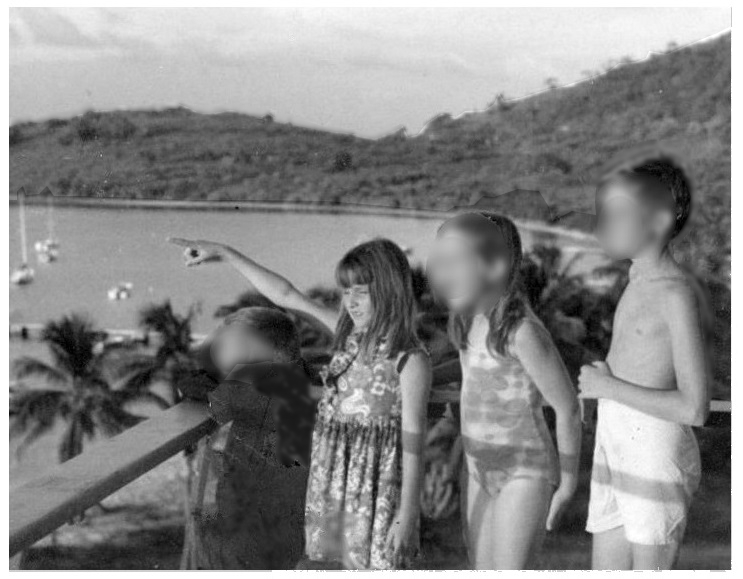Animal Discovery is in the early stage of preparation to be a nonprofit in Utah, U.S.A., as of April 18, 2021, when the initial board of directors was selected. It may become the first nonprofit anywhere that specializes in research into reports of apparent non-extinct pterosaurs.
One of its first objectives will likely be to help fund an expedition team in Papua New Guinea, a group of natives led by Rex Yapi.
The initial board members will be:
- Jonathan Whitcomb (founder)
- Peter Beach (biologist and explorer)
- Shari Hunsaker (organization and communication specialist)
The geographic scope of this new nonprofit will be international, with the first non-English languages being French, Spanish, German, Hungarian, Polish, and Japanese.
An unusual makeup of the organization will be its board of representatives, which will be made up of the following types of volunteers:
- One area (using English)
- One language*, worldwide (*not English)
- One language* in one area (*not English)
###
.
Non-Ropen pterosaur videotaped by Peter Beach
Not only did they see an apparent living pterosaur in daylight, but the biologist Peter Beach *recorded video footage of the flying creature, although the video quality is poor.
.
In this Livestream Youtube video, Jonathan Whitcomb presents excerpts from several American newspaper articles about sightings of modern pterosaurs: Press Telegram in Long Beach, California; Los Angeles Herald (Calif); and the Wenatchee World (north-central Washington state).
This video, on the Youtube channel Protect Animal Life, also features a bit on an article in one of the largest newspapers in the United States: the Houston Chronicle. It relates to a strange interpretation of the mysterious Marfa Lights of western Texas.
.
Two kinds of pterodactyls in Papua New Guinea
A few days ago, I got an online message from a lady who is originally from New Zealand but has lived part of her life in Papua New Guinea. Her husband was raised in the Southern Highlands Province, without contact with Westerners for some time, and knows about the two kinds of modern pterosaurs. Here is part of the wife’s account of what her husband knows about these flying creatures . . .
.
The nonfiction book The Girl who saw a Flying Dinosaur
Scientists use the word ‘pterosaur’ for a group of flying creatures that they know about because of fossils. Most people . . . use another word: ‘pterodactyl.’ That is not scientific, but most people are not scientists.
.
Celebrity saw a modern pterodactyl
In a podcast with Andrew Schulz, late in August of 2020, Charlamagne Tha God said the following (quoting part of what he said) “I saw a pterodactyl”.
.






